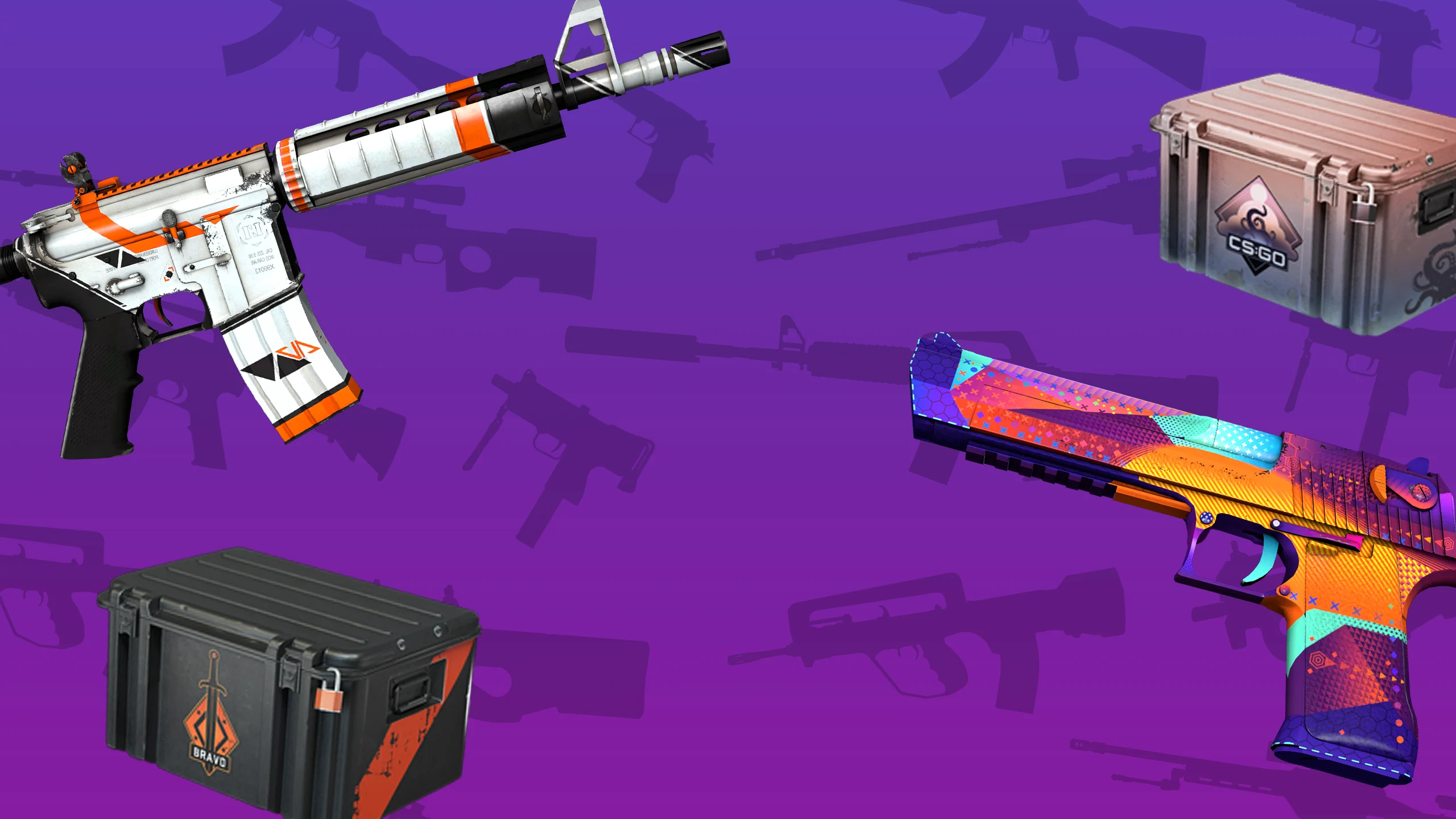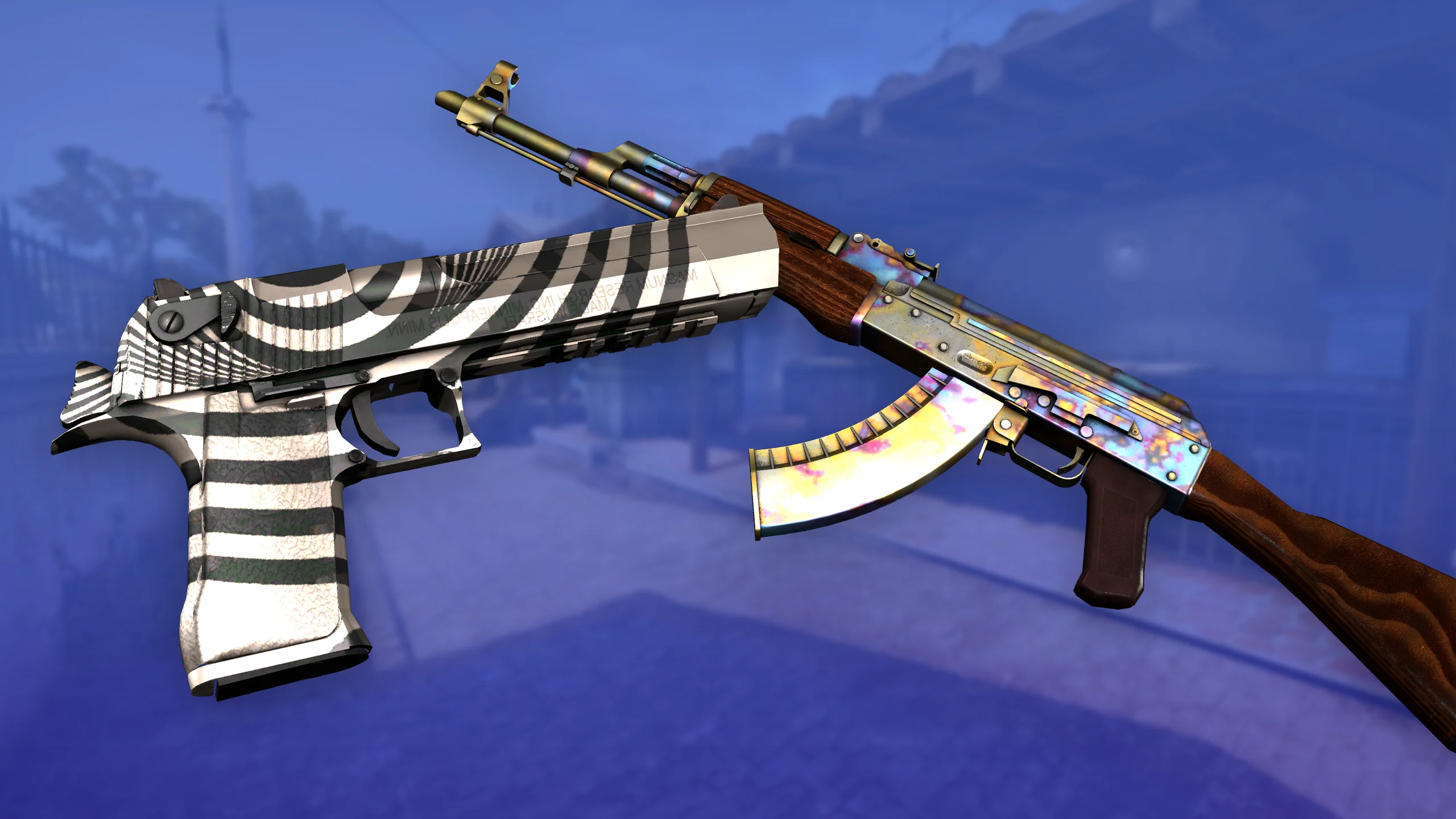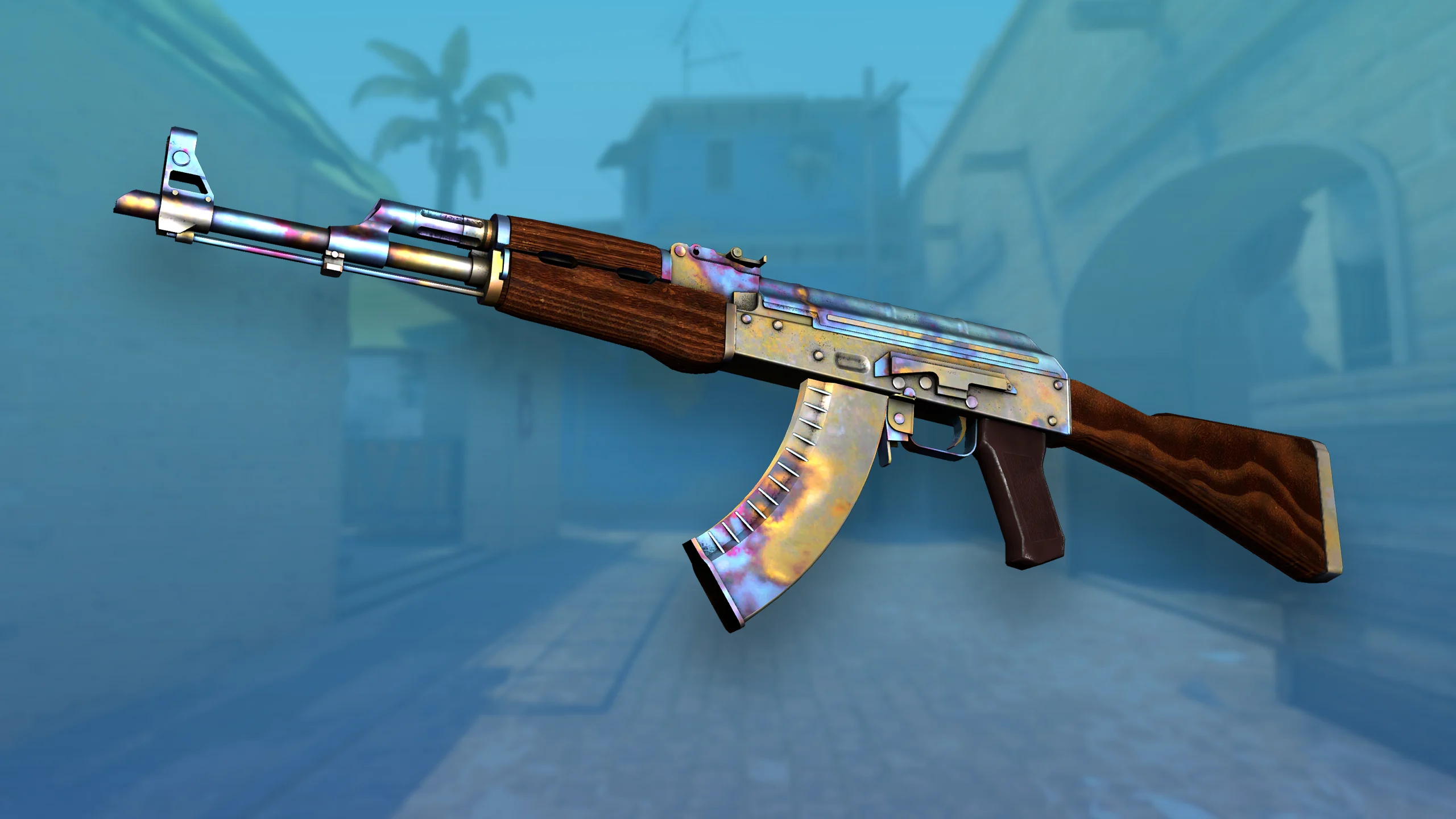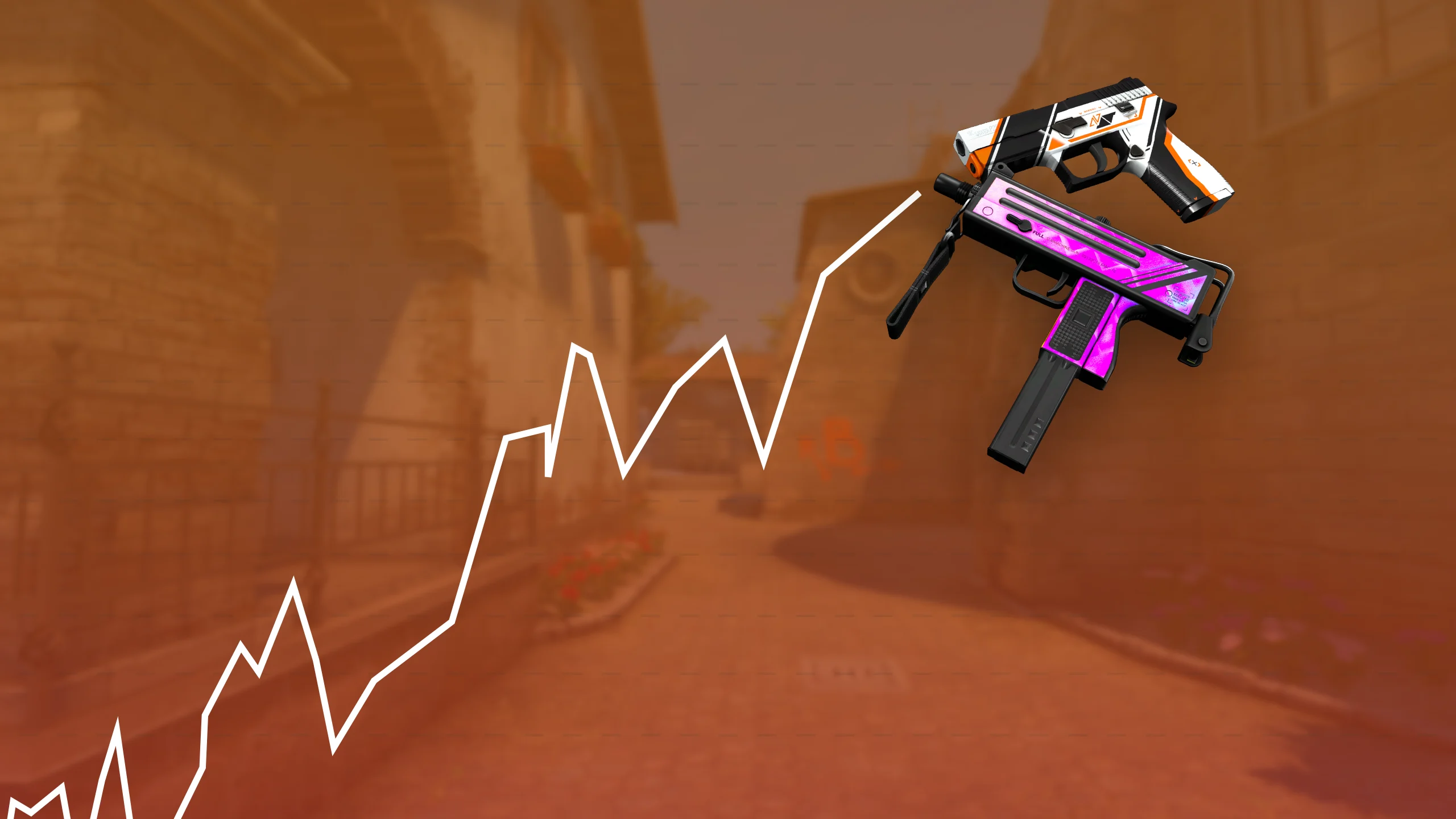CS2
The Evolution of CS:GO Skins: From Pixel Art to Valuable Commodities
Since its release in 2012, Counter-Strike: Global Offensive (CS:GO) has become one of the most popular and enduring first-person shooter games in the world. This article will dive deep into the history of CS:GO skins.
Written by Marcel
CS:GO
Skins
One of the key aspects that has contributed to its success is the introduction of skins, virtual cosmetic items that allow players to customize the appearance of their weapons. However, what started as a simple aesthetic feature has transformed into a vibrant marketplace where rare and valuable skins are traded. In this article, we'll delve into the fascinating history of CS:GO skins, exploring their humble beginnings, rise in popularity, and the economic ecosystem that surrounds them.
The Origins of CS:GO Skins

Valve Corporation, the developer of CS:GO, introduced skins in the Arms Deal update in August 2013. These skins added a new layer of visual appeal to the game by allowing players to modify the appearance of their weapons. Initially, the selection was limited, with only a few basic designs available for each weapon. The idea was to give players a way to personalize their gameplay experience, without affecting the game's balance or mechanics.
The Birth of a Marketplace

As players began to embrace these cosmetic items, a dedicated community of traders emerged, exchanging skins in various online forums and marketplaces. The introduction of Steam's trading system provided a secure platform for these transactions. Soon, players were not only customizing their weapons but also engaging in an intricate economy centered around skin trading.
The Rarity Factor

One of the driving forces behind the growing popularity of CS:GO skins was the introduction of rarity levels. Skins were categorized into several tiers, ranging from Consumer Grade (common) to Covert (rare). As the rarity of a skin increased, so did its desirability among players. This system created a sense of prestige and exclusivity, fueling the demand for more unique and valuable skins.
The Rise of StatTrak and Souvenir Skins

Valve continued to innovate by introducing StatTrak and Souvenir skins. StatTrak skins displayed a counter that tracked the number of kills made with the weapon, adding an additional layer of personalization and bragging rights. Souvenir skins, on the other hand, were tied to in-game tournaments and could only be obtained as drops during live events, making them highly sought after by collectors and enthusiasts.
The Skin Market Boom

The value of certain rare skins started to skyrocket, leading to a surge in the skin market's overall worth. Skins like the AWP Dragon Lore and the M4A4 Howl became iconic and incredibly valuable, with prices reaching thousands of dollars. The market's growth attracted not only players but also investors and speculators who saw the potential for profit in this virtual economy.
The CS:GO Skin Economy Today

The CS:GO skin economy has evolved into a multi-million-dollar industry. Numerous websites and platforms cater to skin trading, selling, and even betting. Valve has implemented measures to regulate the market and combat fraudulent activities. The introduction of the Steam Community Market, where skins can be bought and sold directly, further legitimized the trade. Today, players can participate in skin trading, collection, and investment, with some skins serving as alternative investment assets.
Conclusion
What began as a simple addition to enhance visual customization in CS:GO has transformed into a thriving economy centered around rare and valuable virtual commodities. The history of CS:GO skins highlights the remarkable journey from pixel art to high-value assets, capturing the attention of players, traders, and even investors. The enduring popularity of skins demonstrates the power of virtual aesthetics and the fascinating dynamics that can emerge within gaming communities.


